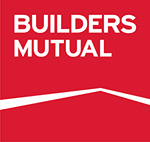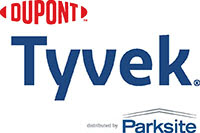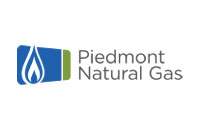NCHBA Monitoring Hurricane Dorian

The North Carolina Home Builders Association is working closely with state agencies, including the NC Office of Recovery and Resiliency and the NC Department of Insurance as we prepare for Hurricane Dorian reaching North Carolina.
Here is a link to important information related to the hurricane.
Read more to see six recommendations to help you prepare for the storm.
Hurricane Checklist

1. Stay Safe and Prepare
If evacuation orders are given, we encourage all members to leave the area immediately. Be prepared for many days without electricity and basic needs.
2. Check with Local Building Departments
Many local building inspection departments office hours/inspections schedules may have changed significantly relative to Hurricane Dorian. Check to make sure you know their hours of operation and any amended inspections schedule.
3. Secure Job Site Materials
Once it looks like a storm will be passing close enough to a project, it’s time for job site personnel to perform critical tasks, such as securing materials, trash, tools or other debris that can take flight in heavy winds, including items like dumpsters and portable bathrooms. Please reduce your liability by securing any construction equipment and materials that can be thrown around in a heavy windstorm.
- Prepare to shut down all operations at least 36 hours prior to the storm’s intended landfall.
- Notify your subcontractors that you are calling a temporary halt to all work.
- Store all construction equipment and supplies inside buildings if possible. Tie down or band together all equipment, tools, supplies, and materials that cannot be secured indoors.
- Secure construction debris.
- Secure all signage safely indoors if possible or tie it down if it cannot be moved easily.
- Take a few moments to double check that all heavy-duty equipment and scaffolding supplies are properly secured to withstand the conditions a hurricane or strong storm will bring.
- Turn off the access points for all utilities.
- Make sure that the documentation for your valuables is securely locked away. Consider taking pictures on your phone for additional proof that you have certain possessions.
4. Plan for Water Removal
Planning for water removal is also key. Consider placing pumps in excavations or basements in advance of the storm so that pumping can begin as soon as it’s safe to do so. Getting rid of excess water is not only important for project cleanup but also to protect adjacent properties.
5. Ensure the Security of the Structure
Now that the items on the periphery of the project are secure, it’s time to safeguard the structure itself. If the work is a renovation – or if work has progressed on a new building to a point where water can significantly damage the interior – crews should board up any openings and accessible windows and place sandbags around the perimeter.
6. Post-Storm Assessment
When the storm has passed and local authorities have given the go-ahead, it’s time to return to the project site to assess damage and start to clean up. It’s important to use caution when navigating every area of the project site, especially those with standing water, as the accompanying sharp or jagged debris could pose a danger. It’s also essential to use the same care when entering a building after a storm because, depending on the extent of the damage, some structural elements could be compromised. Be sure to have your insurance agents contact information on hand.
If you have any issues during this time, please feel free to reach out to us at 1-800-662-7129.










